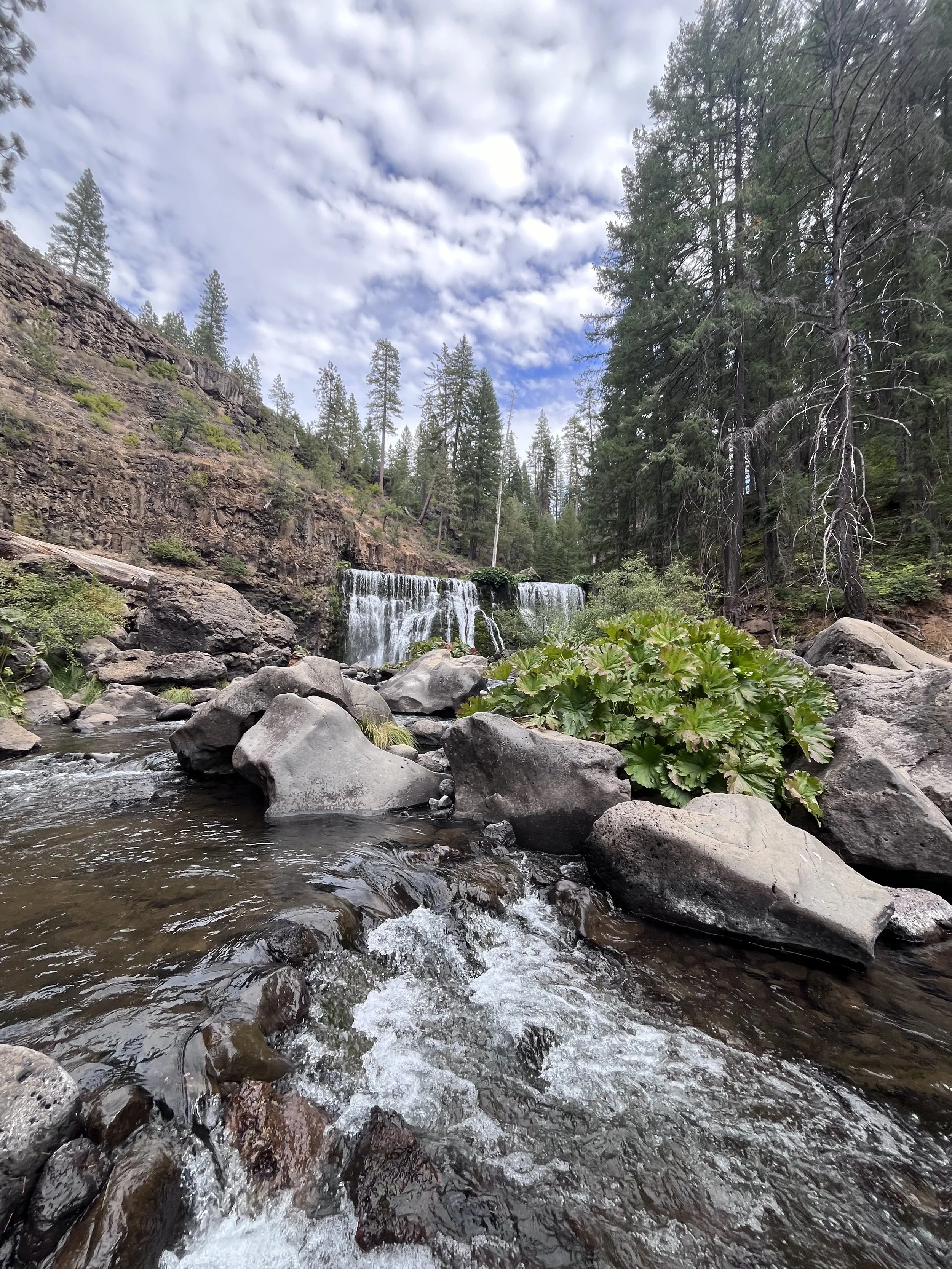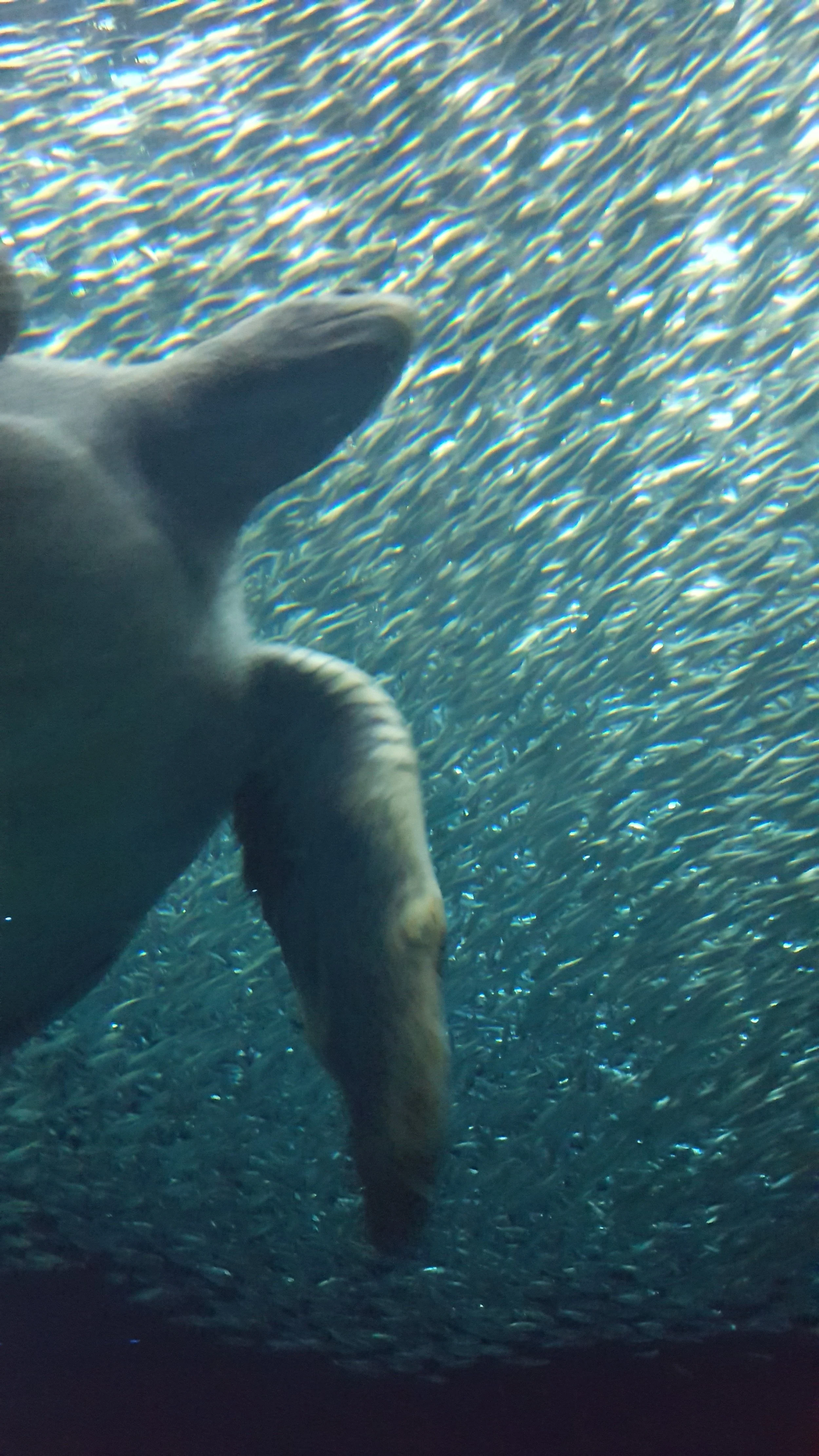How Coves and California’s Sea Cliffs Are Formed
On my 35th birthday, I led a group of friends down the wide path to Tennessee Beach Cove in Marin. It’s one of my favorite easy hikes in the Bay Area.
At the end of the hike, you arrive at a beach cove where a sandy shoreline stretches between two swaths of cliffs. Stepping onto the taupe-colored sand, crossing a stream of water that had flowed up onto the shore, I couldn’t help but stare up at those scraggly rock faces that were surrounding us.
How had they gotten here? Why did they stand like sentries protecting this little stretch of sand? How was this cove formed?
The answer feels obvious, but I think it’s worth explaining all the same.
I started by answering the first question that had come into my mind as I walked along this protected section of beach.
What is a cove?
Coves are small inlets and can be found along the coasts of oceans, lakes, or rivers. I had originally assumed that coves only existed on the seashore, and was happy to discover I was wrong.
I’ve always loved coves, and have mainly experienced them during summer trips to California and now living here as an adult. They feel sheltered, protected, and special, almost as though you’ve uncovered a hiding place that the Earth put here for you.
I’m not the only one who feels this way.
According to National Geographic, the word “cove” is derived from an Old English word for hut, cofa. It’s thought that ancient civilizations felt comfortable creating settlements in these inlets, the surrounding geography providing some protection from natural forces experienced outside.
How are coves formed?
Coves are formed by erosion, weathering of the rock that was once there by water energy of crashing waves, rain, and/or acids in the water that hits its shores.
This led to my next question: why was only some of the land lost while the cliffs to my right and left remained? To answer this, I had to understand how sea cliffs were formed.
The Formation of California’s Sea Cliffs
I was excited to find an article from the US Geological Survey (USGS) detailing the process of sea cliff formation, evolution, and stability, but that of California cliffs in particular.
The article focuses a lot on the implications erosion of these cliffs has on development, which is an interesting topic in its own right, but I was focused mainly on the creation of such cliffs, how they are evolving, and how they remain while coves are formed.
According to the article, the coastal cliffs with their rough and callused faces are the result of both marine (ocean) and terrestrial (relating to any natural process that occurs on land) processes. In other words, land was formed and then worn or broken away by water and terrestrial occurrences like earthquakes or landslides.
Much of the formation of cliffs occurred 18,000 to 5,000 years ago when the Earth warmed considerably and water that had been locked in glaciers was released into the seas. This caused sea levels to rise and affect land that had previously been untouched.
The cliffs that I admired so greatly here were made from strong rock, strong enough to withstand the waves that crashed, eroding only slightly
I’ve always been particularly drawn to the rough cliffs of Northern California and Ireland. It would seem my preference lies in collision and in fire. My eyes pull toward those natural structures that reflect the clashing of tectonic plates or volcanic activities. These are the rugged cliffs as opposed to the more passive bluffs of the east coast. Perhaps it is my upbringing in Hawaii that has lent me to this, my fourth-grade Big Island trip allowing me to see the types of lava that formed pāhoehoe, smooth like gel moving in ripples and ‘a’ā rough and filled with holes.
It’s important to note that the article points out that there are areas where this type of hard rock and sharp cliffs are located that are not so active. Still, I think it’s part of what I’m drawn to.
The Erosion of California’s Sea Cliffs
It is even more fascinating to think that we’re able to read the cliff’s history by looking at its form.
At times, I’ve come across cliffs that look as though someone has taken an ax to them, slicing out chunks so that there’s an overhang of rock like an awning. This is a sign that the main source of erosion is marine.
Other cliffs have strong rock bases but softer materials toward the top have been eroded away giving the cliff something of a receding hairline. These have been exposed to subaerial (formed in the open air or on the surface) erosion factors like heavy rains.
Erosion and rock types also answer my question about how coves are formed while their protective sea cliffs remain.
Northern California is built on resistant rock types such as Franciscan Formation and granite, these rocks are still not impervious to the wear of waves but can withstand more than siltier, softer materials.
The formation of this cove, where I stood with my sneakers in the rough grains of sand, watching the cold gray ocean tumble toward me with its white-crested hat, had likely once been part of the coastal earth, formed by weaker substances than that of the cliffs, and thus had been worn away.
Of course, these cliffs may seem mighty but they are not impervious to erosion themselves. Something the USGS article is careful to point out when considering engineering and development plans for the future.
As shared in the article, according to a 1971 Corps of Engineers, only 14.2% of the California coastline is “non-eroding” and this is not entirely accurate given how we measure this erosion and the fact that slowly eroding is still eroding.
Is this the only way coves are formed?
I do wonder, however, if this is the only way that coves have been formed. When on its shores, sheltered between the cliffs in this way, I wonder… Could a cove not exist because it happened to be between two volcanoes or two collision points all those years ago?
I can’t seem to find any evidence for it, but I wonder why its materials were different enough to be eroded when it exists between the two.
Or maybe it’s that the waves were more centralized here, pounding in that spot as opposed to others.
We know that wave energy can be altered. In the article, with its many sources, the authors discuss the armoring of sea cliffs in an attempt to protect them from the rising sea levels and erosion that will be dangerous to the communities that live there.
Unfortunately, armorment methods such as sea walls or groins have been shown to have adverse side effects for beaches due to the redistribution of wave energy. The article cites cases in southern California and Wisconsin where armoring has resulted in the loss of beaches. My own participation in Surfrider San Francisco’s Restore Sloat project has equipped me with an understanding of how trying to simplify the solution to eroding cliffs and shorelines by armoring it and doing nothing else will result in the loss of that one thing we (at least this little Kook) love most: the beach itself.
The California Coastal Commission understands this as well, and though it’s not my choice for the best solution, they do now require that permits for new seawalls be accompanied by “nourishment” programs or the financial equivalent.*
Temporal Beauty of California Coasts
Reflecting on this, understanding that the cove I visited will continue to change with time, that its mighty cliffs will eventually give way and the shape of the shoreline will adapt and become something entirely new, gives me pause. It places me in this moment and fills me with gratitude that I’m able to experience it in this way at this time.
It also makes me want to participate in those conversations that are happening around finding solutions that will help reduce the erosion while maintaining the parts of this landscape that make us feel something. My hot take is that we have to start higher. There will only be more calls for armoring shorelines if we cannot start with reducing the need. Then, I hope to partner further with organizations that are brainstorming and thinking through what can happen as an alternative to sea walls and other methods that have been shown to reduce beaches.
I am hoping (though it saddens me that this might be the only way), that due to the financial implications of real estate involved with coastal properties, we may see more momentum with this.
In the meantime, I will seek out more shorelines, take more time to admire the cliffs that exist there, and never take for granted the power of our land and our seas.
*Hampton & Griggs - Professional Paper - 2004 https://pubs.usgs.gov/pp/pp1693/pp1693.pdf
Further reading:











